Reducing Skin Breakdown in Bedridden Patients

When someone spends long hours — or even days — in bed, something as simple as gravity and stillness can become a serious health challenge. For patients who are bedridden, the risk of skin breakdown isn’t just a discomfort issue — it can quickly turn into pressure injuries, infections, and a cascade of complications that are painful, costly, and often preventable.
Whether you’re a home carer, aged care worker, nurse, or concerned family member, understanding how to protect fragile skin is one of the most important things you can do for someone in your care. This blog will walk you through what skin breakdown is, why it happens, and how to spot the early warning signs — plus practical strategies and products that can make a real difference.
What Is Skin Breakdown and Why Does It Happen?
Skin breakdown, often referred to as a pressure injury or bedsore, is more than just a sore spot — it’s a sign that the skin and underlying tissue are under stress. In bedridden or immobile patients, these injuries can develop faster than many realise, and if left untreated, they can lead to infection, pain, and longer hospital stays.
Let’s break down what causes skin breakdown and why it matters.
1. It Starts with Prolonged Pressure
When someone remains in the same position for too long — especially over bony areas like the heels, hips, tailbone, or elbows — the blood flow to the skin is reduced. Without proper circulation, tissues begin to die. According to Cleveland Clinic, this lack of oxygen and nutrients is the earliest trigger for a pressure injury.
2. Friction and Shear Only Make It Worse
Sliding down in a bed or chair may not look dangerous, but it can cause shear — when the skin moves in one direction and the underlying tissue moves another. Add friction from scratchy sheets or repositioning, and the top layer of skin begins to break down. The Victorian Department of Health warns that this mechanical stress can accelerate the damage, especially in older adults with fragile skin.
3. Moisture Weakens the Skin Barrier
Excess moisture from sweat, urine, or wound drainage keeps the skin damp — and damp skin is more likely to tear or blister. It’s a common challenge in aged care, particularly for patients who are incontinent or recovering from surgery. According to Better Health Channel, moisture not only softens the skin but also promotes bacterial growth.
4. Poor Nutrition Slows Healing
Malnourished patients — especially those low in protein or essential vitamins — heal more slowly and have thinner, less resilient skin. As Johns Hopkins Medicine notes, malnutrition doesn’t just delay recovery — it makes skin breakdown more likely in the first place. This is why supporting patients with adequate nutrition and hydration is a key part of pressure injury prevention.
5. Underlying Health Conditions Increase Risk
People with diabetes, poor circulation, or reduced sensation (such as those who’ve had a stroke or spinal cord injury) may not feel the early signs of pressure or pain. According to the Cleveland Clinic, these individuals often don’t realise a wound is forming until it’s advanced.
6. Age-Related Skin Changes Are a Major Factor
As we age, skin naturally becomes thinner, less elastic, and more prone to tears. Collagen levels drop, and the skin’s ability to bounce back from pressure or injury weakens. Combine that with reduced mobility and slower circulation, and you’ve got a perfect storm for pressure injuries.
Early Signs of Skin Breakdown to Watch For
Spotting a pressure injury early can make all the difference. The sooner you recognise the warning signs, the better chance you have of reversing skin breakdown before it turns into an open wound. For carers and clinical teams alike, knowing what to look for — and when to act — is a critical part of bedside care.
Here’s what to keep on your radar:
1. Red or Discoloured Skin That Doesn’t Fade
One of the earliest signs of a pressure injury is a patch of red skin that doesn’t go away after changing position. In people with lighter skin, this may appear pink or red; in those with darker skin tones, it can look purple, greyish, or blue. According to the Model Systems Knowledge Translation Center, if the skin doesn’t return to its usual colour within 15–30 minutes of relieving pressure, it may already be damaged beneath the surface.
2. Skin That Feels Warm, Firm, or Spongy
Early-stage pressure injuries may not break the skin — but you can often feel the difference before you see it. Run your fingers gently over areas like the heels, buttocks, and hips. If the area feels warmer or firmer than the skin around it, or oddly soft and boggy, it could signal inflammation or trapped fluid beneath the surface — a subtle but important warning sign flagged by Queensland Spinal Cord Injuries Service.
3. Complaints of Pain, Tingling, or Numbness
Sometimes the skin looks totally fine — but the person you're caring for might feel something’s off. Discomfort, itching, or numbness in one spot (especially over bony areas) can be an early red flag. Take these complaints seriously, especially if the person is unable to reposition themselves easily. Early sensory changes often happen before visual signs develop.
4. Fragile or Tearing Skin
In older adults, even mild friction from bedsheets or clothing can cause the skin to tear. These aren’t just surface wounds — they’re openings that make the skin more vulnerable to infection and deeper breakdown. As highlighted by Health Victoria, thin and dry skin should be treated with the same care and urgency as bruised or inflamed areas.
5. Moist or Macerated Skin
Is the skin too wet, soggy, or wrinkled in places? This could be a sign of maceration — usually caused by incontinence, sweat, or improper dressing. Macerated skin loses its barrier function, making it easier for friction, pressure, or bacteria to do serious damage. If you notice this, act quickly to keep the area clean and dry, and reassess moisture-wicking products or incontinence care.
6. Blistering or Skin Peeling
By the time a blister forms, the skin has already sustained deeper tissue damage. It may be filled with clear or yellow fluid, and often appears over pressure points. Peeling skin or shallow ulcers are signs that a pressure injury has progressed beyond Stage 1, and immediate intervention is needed to prevent further breakdown.
How to Prevent Skin Breakdown in Bedridden Patients (and the Products That Can Help)
When someone spends long hours in bed — due to age, illness, or recovery — their skin becomes vulnerable to more than just dryness. Constant pressure, moisture, and friction can lead to painful injuries. Here’s how to protect fragile skin and support comfort with strategies that are easy to implement at home or in aged care settings.
1. Strengthen the Skin’s Barrier Daily
Why it matters: Moisture from sweat, urine, or incontinence pads can break down the outer skin layer. A damaged barrier makes the skin more prone to irritation, tearing, and even infection.
Use: MoliCare Skin Protect Cream 200ml
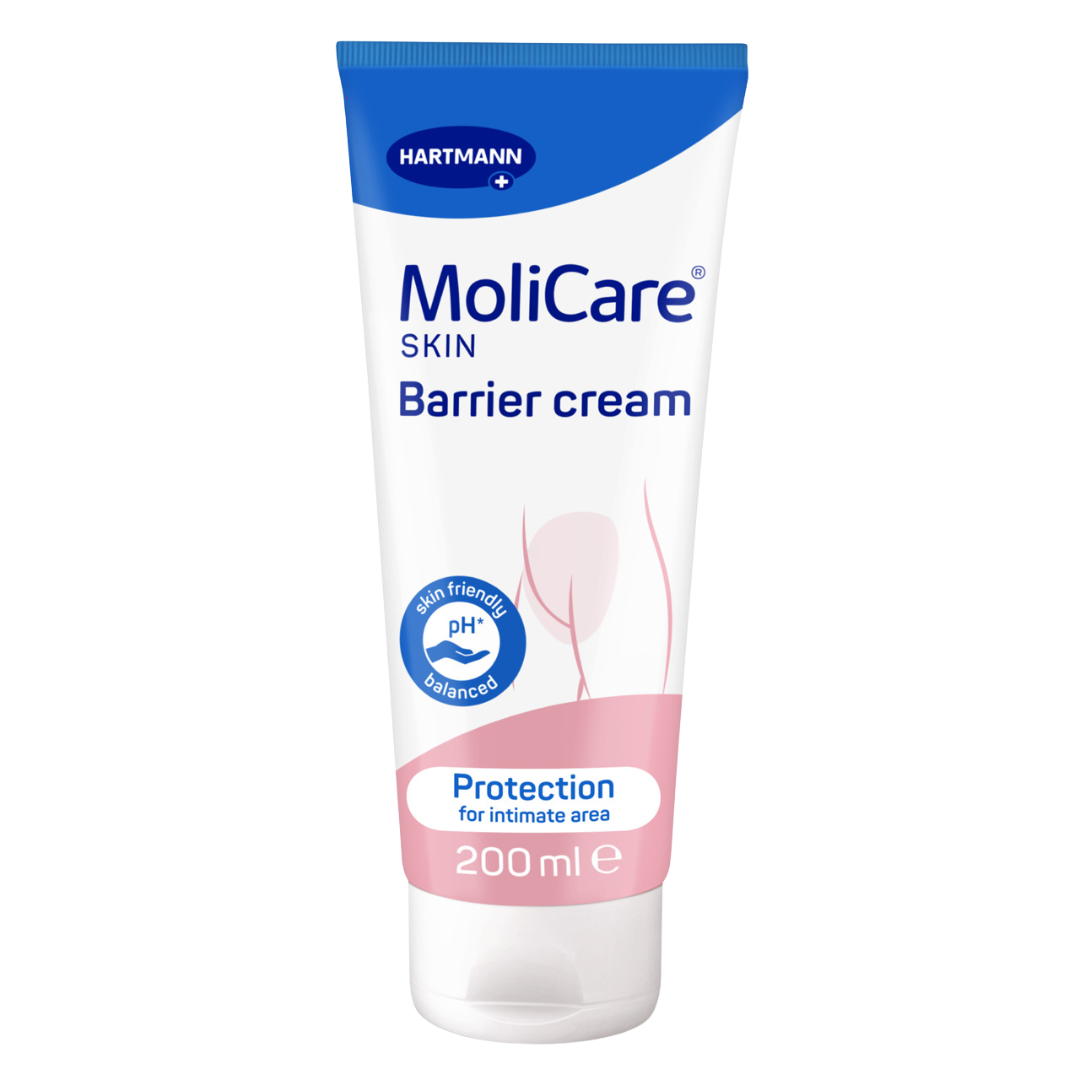
The Molicare Barrier Cream is a zinc-rich formula that forms a protective seal, keeping irritants out while allowing the skin to breathe — ideal for areas that stay damp or are in constant contact with absorbent products.
Also available: Molicare Protection Foam
2. Apply a No-Sting Barrier Film for Extra Defense
Why it matters: Frequent dressing changes or incontinence cleaning can damage already fragile skin, especially with adhesives or wipes. A barrier film acts like a second skin — transparent and breathable.
Use: Secura No Sting Barrier Film Spray 28ml

Goes on painlessly and dries quickly, forming a gentle layer that reduces skin trauma during dressing changes or pad removal. Try the Secura Barrier Film today!
3. Hydrate with a Rich, Ceramide-Based Moisturiser
Why it matters: Dry skin cracks easily, making it more susceptible to breakdown and infection. Ceramides help restore the natural lipids that protect skin and retain moisture.
Use:
QV Dermcare Eczema Daily Cream 350ml for soothing hydration on inflamed or eczema-prone skin.
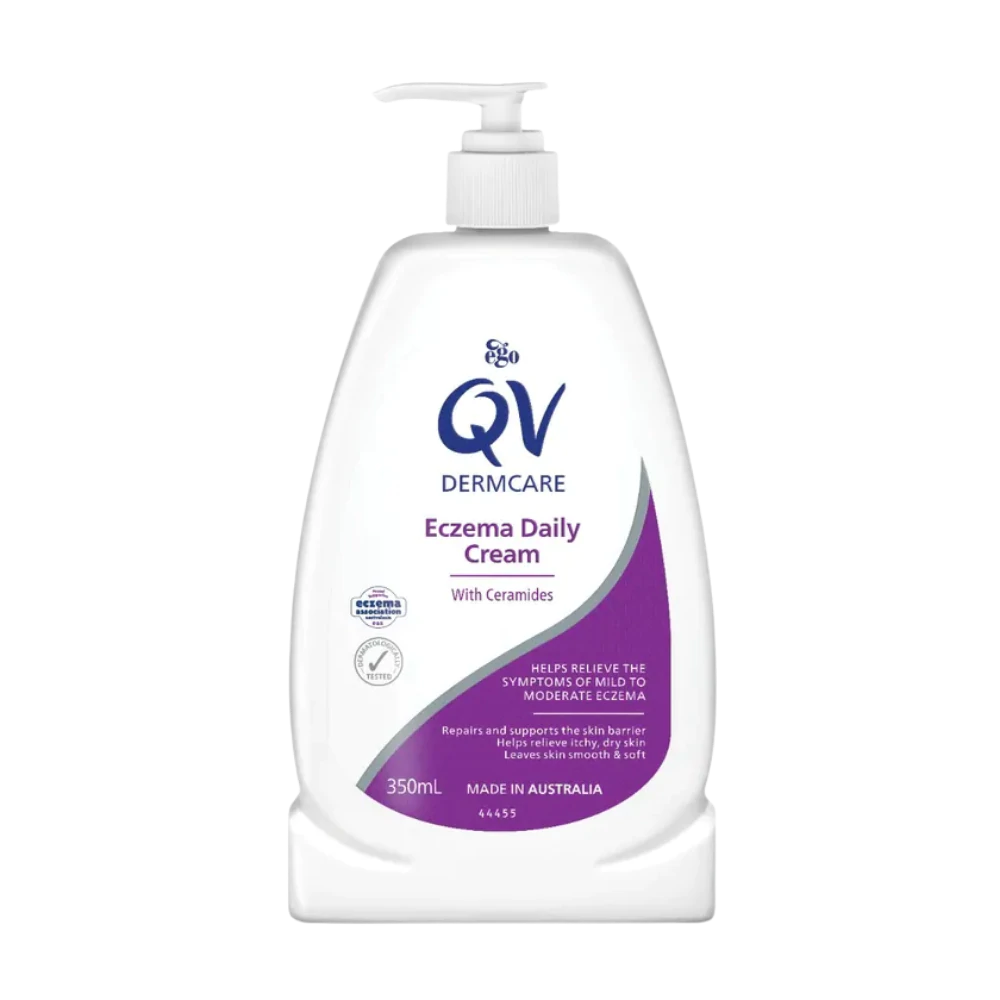
QV Ceramides Lotion 1L for a full-body option that deeply nourishes without irritation.
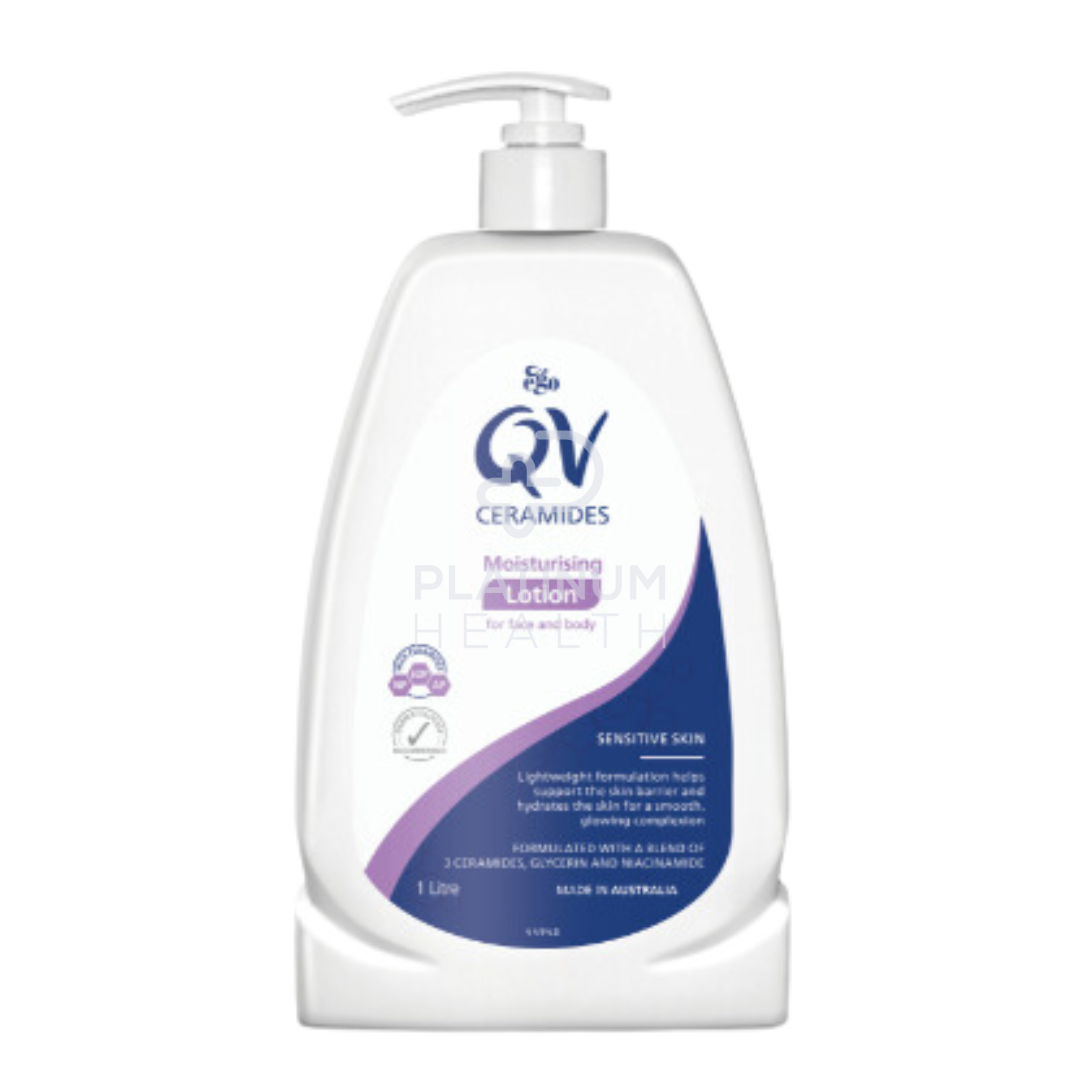
4. Use Foam Dressings on High-Risk Areas
Why it matters: Pressure points like the tailbone, hips, and elbows are particularly vulnerable. Foam dressings cushion these areas, reducing pressure and shearing forces that can cause ulcers.
Use:
Mepilex Border Post-Op Dressing 9x10cm — ideal for sacrum and hips, with gentle adhesive and good absorption.
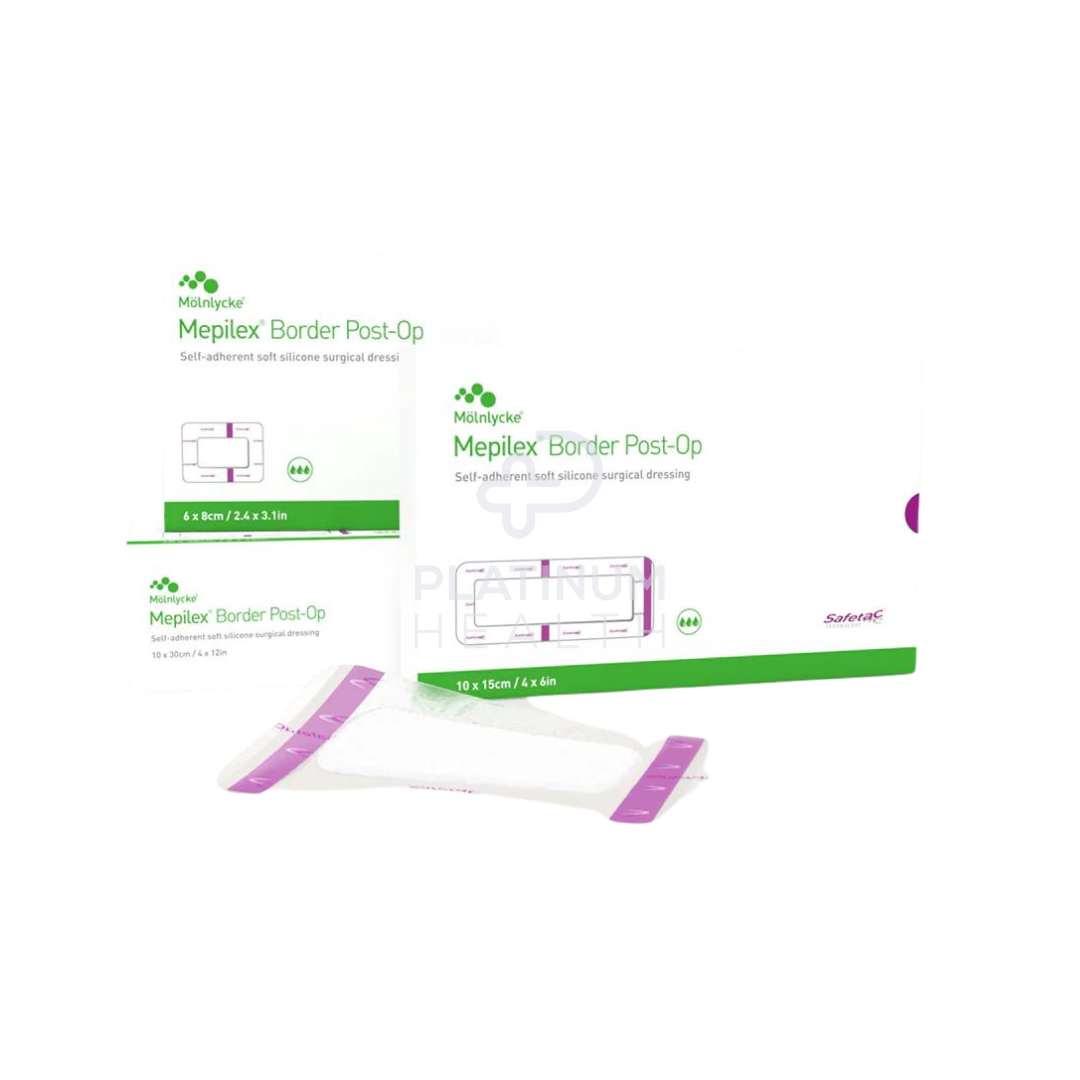
Mepilex Border Ag Silver Dressing — for wounds at risk of infection, with antimicrobial silver for extra protection.
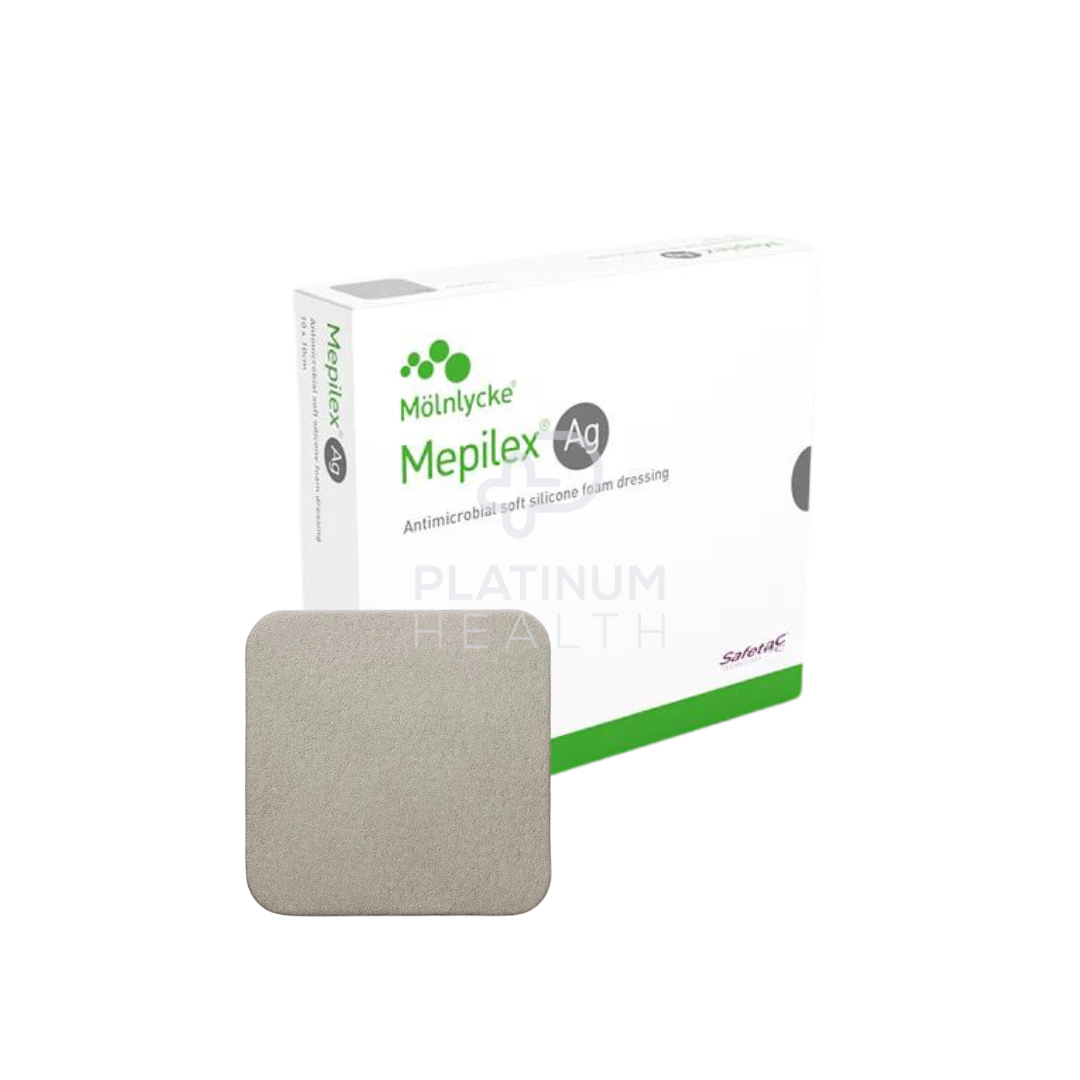
5. Offload the Heels
Why it matters: Heels often bear weight even when lying down, and without support, the thin skin over bony areas breaks down fast.
Use: Aspire Heel Protector (Pair)
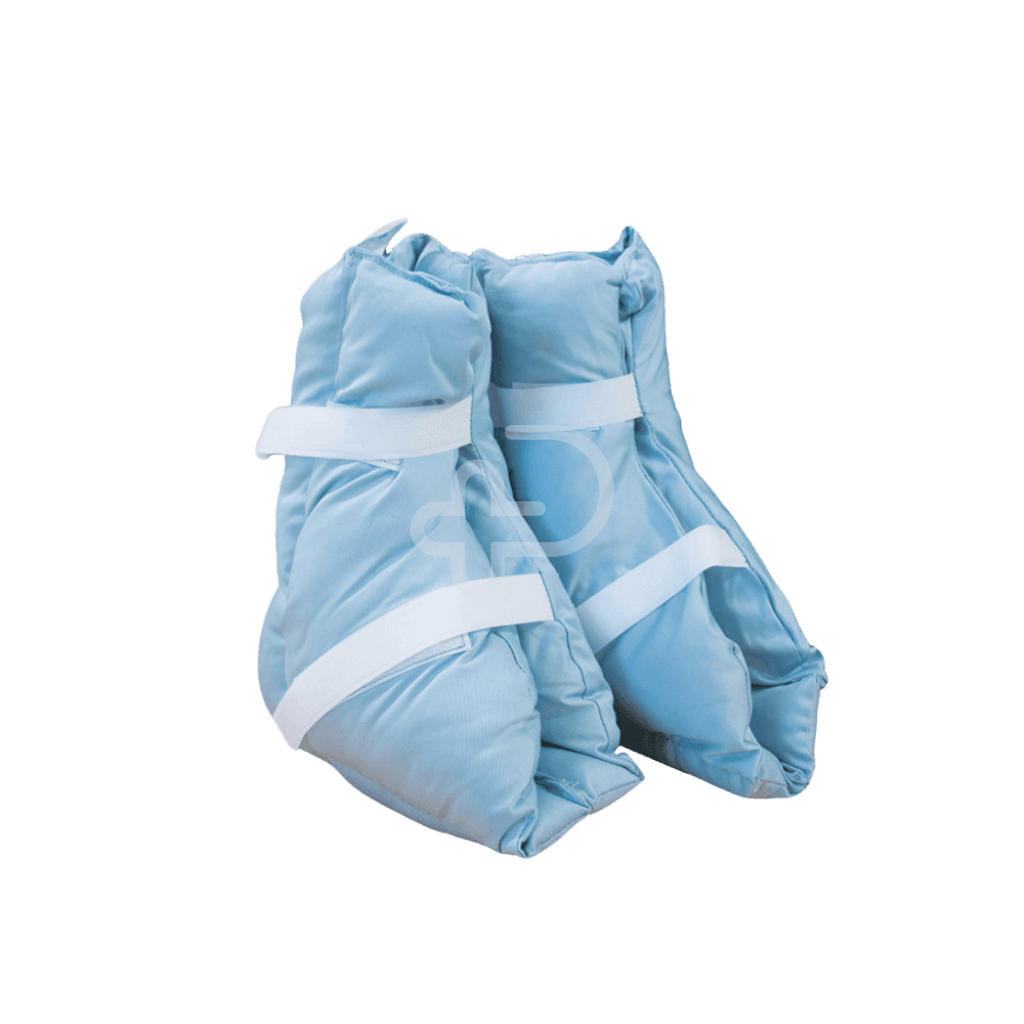
These soft cushions relieve pressure while still allowing natural foot movement and airflow — perfect for long-term care or recovery.
6. Keep Bedding Clean and Dry
Why it matters: Moisture trapped against skin — even from minor leaks — increases friction and weakens the skin barrier over time. Plus, damp bedding is uncomfortable and can disturb rest.
Use: Conni X-Wide Dual Bed Pad with Tuck-Ins – Charcoal
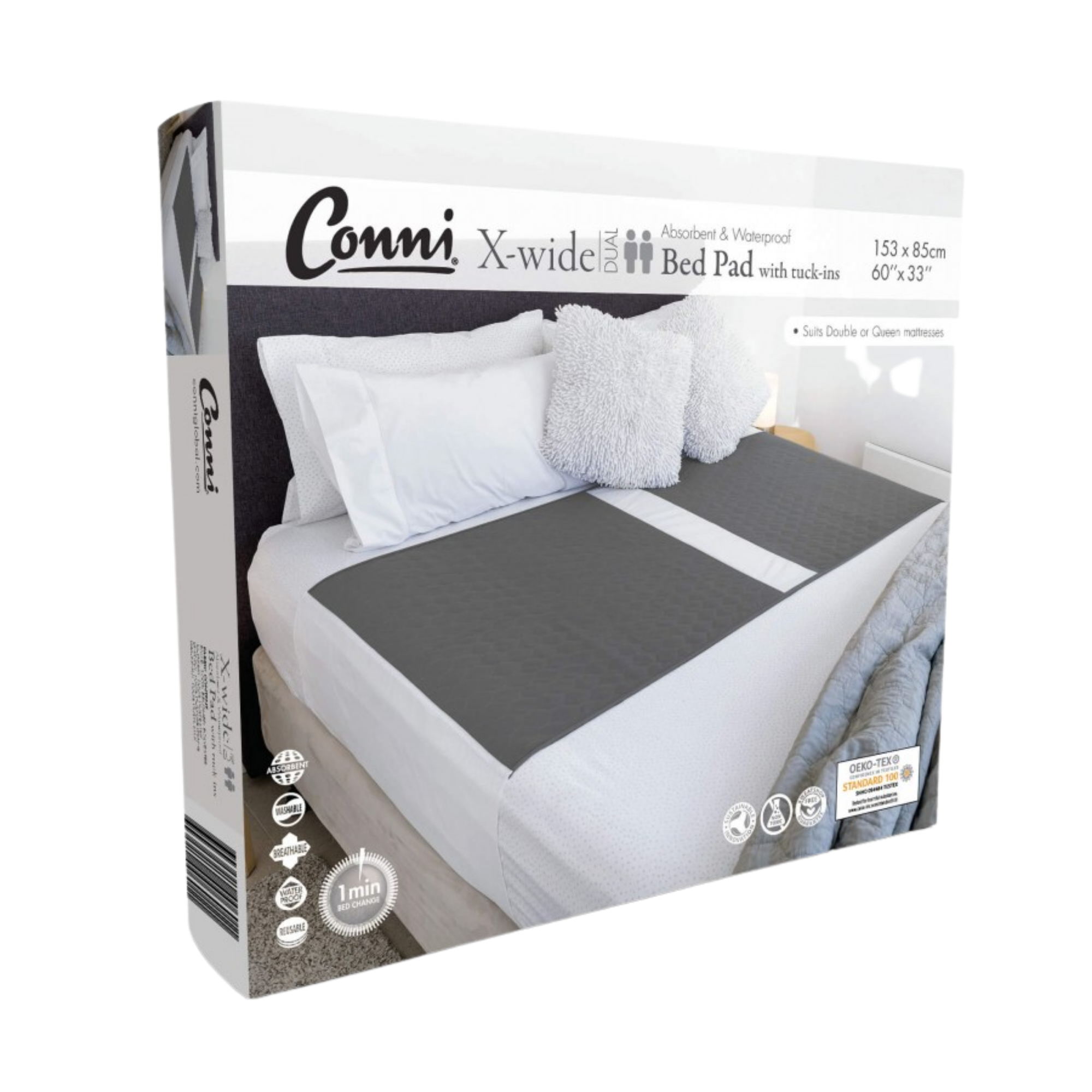
Super absorbent, reusable, and extra wide to stay in place all night. Keeps beds dry and helps prevent maceration from constant moisture exposure.
Own the Comfort: Your Loved One’s Skin Deserves Better
When someone you care for is bedridden, skin breakdown isn’t just a possibility — it’s a daily risk. But the good news? It’s also preventable. With the right mix of proactive care, gentle repositioning, and skin-smart products, you can keep pressure injuries at bay and give your loved one the comfort and dignity they deserve.
Remember: every layer of care matters — from the creams and dressings to the dry bedding and regular check-ins. Small actions add up to big protection.
Need Help Choosing the Right Products?
If you’re unsure which cream works best, or which heel protector offers the right support — we’re here to guide you. Our team at Platinum Health Supply Group is experienced in helping carers and healthcare providers find the right wound care, skin protection, and comfort products for each unique situation.
Visit Us in Epping
Unit 2/51 Trafalgar Road, Epping VIC 3076
Open Monday to Friday, 9am to 5pm
Whether you’re shopping for in-home care or stocking up for a facility, our team is always happy to demo products, answer questions, and help you shop with confidence.
Prefer to browse online?
Check out our full range of wound care, skin protection, and pressure injury prevention solutions — with fast, Australia-wide delivery.
Shop Online at Platinum Health Supply Group
Let’s make skin health simpler — and care more comfortable — together.
Important Disclaimer
This blog is intended for general informational purposes only and is based on publicly available health sources. It is not a substitute for professional medical advice, diagnosis, or treatment. Always consult a qualified healthcare provider or wound care specialist before starting any new product or care routine — especially for those with existing conditions or fragile skin.
If a wound worsens, shows signs of infection, or fails to heal, seek medical attention immediately. Platinum Health Supply Group is not liable for any adverse effects resulting from the misuse of information or products shared in this blog.
